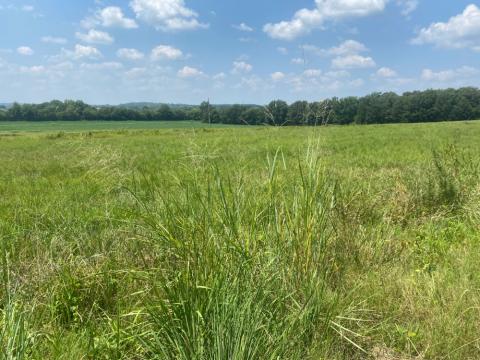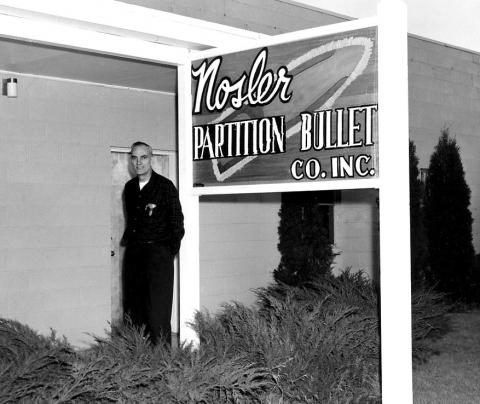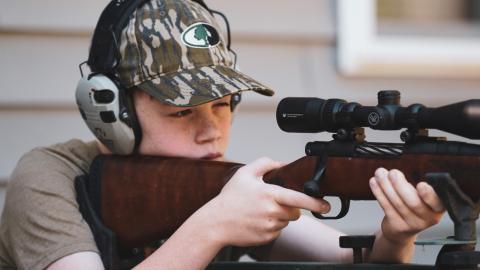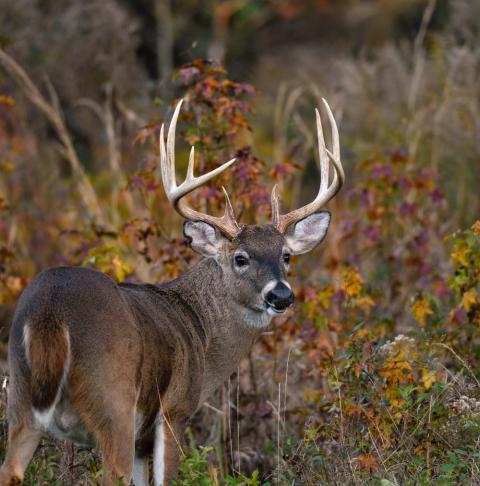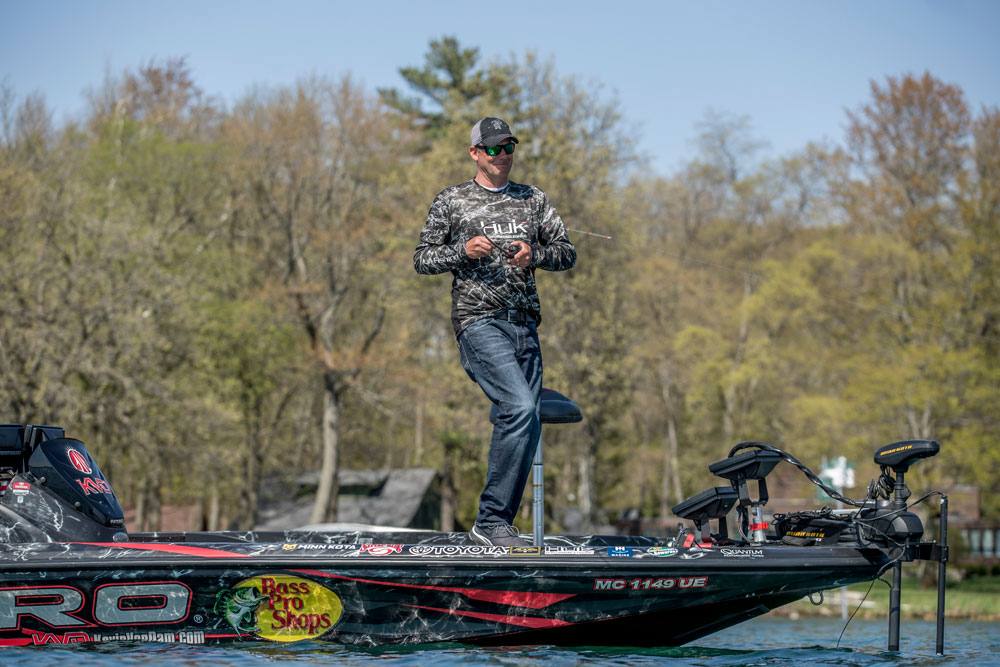
I’ve often been asked what’s the heaviest line I’ve ever fished in a tournament, and why I’ve used that line. I have fished with 65-pound-test braided line for tournament bass fishing before. Before braided line was re-introduced to the bass fishing world, the heaviest monofilament line I fished for bass was 30-pound-test monofilament line. I only used really heavy lines when I was fishing super-heavy cover.
I want to use the strongest lines I can fish when I’m fishing around barnacles, steel dock pilings and any kind of rough cover that can cut my line. Braided line has changed through the years, and it has become the heavy-cover angler’s best chance to catch and land a big bass. This braided line has almost zero stretch, which means you’ll get a fast hook set to the jaw of a bass.
I also like to fish 65-pound-test braid when I’m fishing some top-water lures, like the plastic frog through a grass mat or lily pads. Not only does a braided line give you the advantage of quickly being able to get a good, solid hook set, it also gives you the leverage to get the bass out of heavy cover before the fish can get tangled up in the cover. Heavy-pound-test braided line has changed the bass fishing industry. Manufacturers have had to improve the quality of the components they’re producing to adjust to that stronger, heavier line. The diameter of the line and the strength of the hooks had to be changed.
Fishing heavy cover today for bass is much easier than it was when I first started bass fishing. I like to fish this heavy line on hollow-bodied frog lures and also on top-water lures like the Strike King Sexy Dawg. Braided line has little or no stretch, making working with top-water lures easier. When I’m fishing top-water lures for bass, I may use a smaller diameter line, like 30-pound-test braid. I’ll also use either 30- or 65-pound-test braid to fish standing timber, bushes or brush. If a bass comes out of this type of cover to take my bait, I want to make sure that fish can’t return back to that cover and get off my hook.
Another relatively new innovation for fishing braided line is that I’m now using it on spinning tackle. I’ll tie a fluorocarbon leader onto the braided line to get the best of both worlds in a line. The braided line is low stretch or no stretch and on spinning tackle, I can cast it a very long way, since it’s so limp. It’s also more effective for cast baits that may twist your line. By adding the fluorocarbon leader, I get the invisibility of the line that I want and need close to the lure. These reasons are mainly why I fish specific lures with braided line.


















